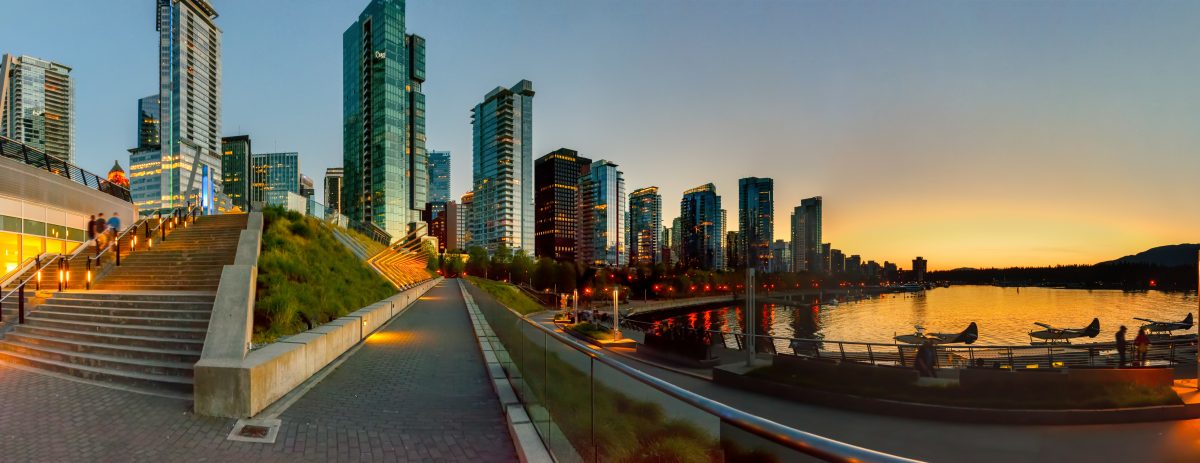Ontario’s streamlined assessment program that recognizes the competence of internationally-trained family doctors and general practitioners will open a second intake period in early January.
After being announced in December last year, Practice Ready Ontario (PRO) streamlined the process for internationally-trained physicians hoping to practice in Canada’s biggest province with an intake of applications from June 21 through to July 19 this year.
The application results were then sent out during the second week of August.
Those who either missed that first intake or who failed to get a positive result and have since improved their applications and now meet the requirements are being welcomed to apply for the second intake.
It starts on Jan. 8 and will run through to March 1 next year.
Read More Canada Immigration News
Ontario Express Entry Draw: Province Targets Family Doctors And Nurses With 1,696 Invitations
Canada Simplifies Immigration Process For Internationally-Trained Doctors
Canada’s Healthcare Labour Shortage Fuelled By Lack Of Residencies For Foreign-Trained Doctors
The program, which includes a 12-week clinical field assessment in a designated Ontario community, considers qualifications and experience to determine the readiness of applicants for independent practice in Ontario.
The three-month program to recognize the foreign credentials of physicians could be was approved by the College of Physicians and Surgeons of Ontario (CPSO) and put into place earlier this year.
“Practice Ready Assessment (PRA) programs are used in seven provinces across Canada to support the licensure of internationally-trained physicians who have already completed their training and practiced independently abroad,” noted the CPSO in a brief to Ontario’s ministry of health last year.
Through such a program, the regulatory body can:
- rapidly assess the qualifications of foreign-trained physicians over a 12-week period through supervision and direct observation;
- deploy successful candidates to underserviced communities, and;
- provide a path to independent licensure for these foreign-trained physicians.
“With government funding and coordination among key system partners, a program could be implemented immediately and begin injecting a new supply of IEPs into the system as early as spring 2023 and onwards,” noted the CPSO in its submission.
Regulatory Body Also Wants More Residency Spots For Foreign-Trained Physicians
It was presented to Ontario Health Minister Sylvia Jones in mid-August 2022.
The regulatory body also advocated for more residency positions for internationally-trained physicians.
“As only a small number of residency positions are accessible to internationally-educated physicians, Ontario is essentially limiting the opportunity to quickly grow our base of future physicians and support (them),” noted the CPSO.
“We ask government to immediately increase the number of residency positions available to internationally-educated physicians.
“With consideration to how this increase in positions may impact other jurisdictions facing their own health human resource shortage, government should create targeted or additional spots for internationally-educated physicians already in the province, including Canadians who have studied abroad and are looking to complete their residency in Ontario.”
Those who study medicine outside Canada, including both foreign nationals and Canadians who choose to study medicine in other countries, are often stymied in practicing medicine in Canada because of a lack of sufficient residency spots for them.
Video
“The messaging for so long has been that it’s nearly impossible to get a bloody residency in Canada if you’re an international graduate,” Peter Nealon, chief executive officer of the Atlantic Bridge Program, reportedly told The Globe and Mail national daily newspaper.
“These people are the cream of the crop and they’re simply going elsewhere because they’re in demand. You tell people to go away long enough, and eventually, they go away.”
In Ontario, the CPSO wants to turn the tide and prevent that brain drain by putting in better ways to recognize foreign credentials of physicians.
“The Royal College of Physicians and Surgeons of Canada and the College of Family Physicians of Canada have training assessment programs to streamline credentialing for internationally-educated physicians from specific jurisdictions who have completed training in approved jurisdictions deemed equivalent to Canadian education standards,” noted the regulatory body in its submission to the Ontario government.
“In turn, CPSO facilitates streamlined pathways to licensure for internationally-educated physicians who are undergoing these processes. In consultation with other regulators and system partners, CPSO is re-evaluating whether additional equivalencies and pathways could be explored in lieu of completing national examinations based on, for example, years of practice.”
Once a newly-graduated applicant has passed the Medical Council of Canada Qualifying Examination (MCCQE) Part 1 exam and the National Assessment Collaboration (NAC) Examination, the latter of which accesses their readiness for a Canadian residency program, he or she has to apply for a Canadian work permit with the Immigration, Refugees and Citizenship Canada (IRCC) and apply for a post-graduate residency spot.
Physicians can also apply for permanent residence through the Federal Skilled Worker Program or the Canadian Experience Class.
Canada Offers Many Immigration Programs To Help Foreign Physicians Come And Practice Here
Under the Provincial Nominee Program, provinces and territories can also nominate physicians for permanent residence if they meet particular regional labour market needs and intend to settle in that province or territory. Provinces can recruit candidates from the Express Entry pool or they can nominate individuals under their non-Express Entry paper-based streams.
Before a physician can practice in Canada, he or she needs to have his or her qualifications recognized.
The national organization that sets standards for physicians, including immigrating physicians, is the Ottawa-based Medical Council of Canada (MCC). It does not confer or issue licences to physicians. That responsibility belongs to the provincial and territorial medical regulatory authorities.
Those who are successful in obtaining one of the few residency spots for international grads will then be supervised by a Canadian medical school for at least two years before taking their certification exam in family medicine and getting their certification to join the College of Family Physicians of Canada (CFPC).
The last step is to apply for a license from a provincial or territorial medical regulator to practice family medicine there.
International medical graduates can see if their medical college will be readily acceptable to the licensing body, the medical college, in each province. It is the physician’s responsibility to check whether his or her medical school is listed in the World Directory of Medical Schools, something that can be done by visiting WDOMS.org.
Once a physician finds his or her college in that online directory, the next step is to check the “Sponsor Note” tab and see if it states “Canada Note”. This means medical degrees obtained from this medical school are acceptable to the provincial and territorial medical regulatory authorities in Canada and therefore acceptable to all medical organizations in Canada.








